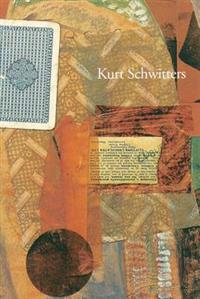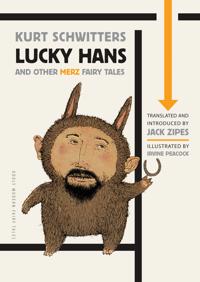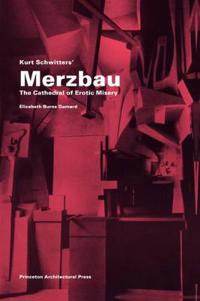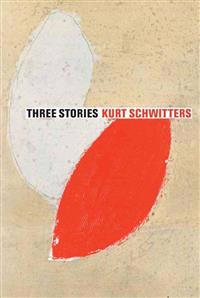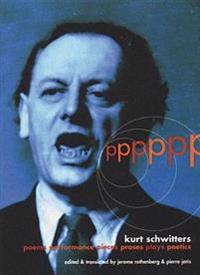Kurt Schwitters (Pocket)
avKurt (ART) Schwitters, Mel Gooding, Kurt (ART) Schwitters
ISBN: 9781872784526 - UTGIVEN: 2014-08Kurt Schwitters (Inbunden)
ISBN: 9780226085180 - UTGIVEN: 2014-02German artist Kurt Schwitters (1887-1948) is best known for his pioneering work in fusing collage and abstraction, the two most transformative innovations of twentieth-century art. Considered the father of installation art, Schwitters was also a theorist, a Dadaist, and a writer whose influence exte[...]
Lucky Hans and Other Merz Fairy Tales (Pocket)
avKurt Schwitters, Jack David (INT) Zipes, Jack David (TRN) Zipes
ISBN: 9780691160993 - UTGIVEN: 2014-04Kurt Schwitters revolutionized the art world in the 1920s with his Dadaist Merz collages, theater performances, and poetry. But at the same time he was also writing extraordinary fairy tales that were turning the genre upside down and inside out. Lucky Hans and Other Merz Fairy Tales is the first co[...]
Kurt Schwitters Merzbau: The Cathedral of Erotic Misery (Inbunden)
avElizabeth Burns Gamard, Elizabeth Burns Gamard
ISBN: 9781568981369 - UTGIVEN: 200004German artist Kurt Schwitters began constructing the Merzbau, a combination of collage, sculpture, and architecture, in a corner of his studio in Hannover, Germany in 1920. Also called the Cathedral of Erotic Misery, this was Schwitters's private world. It eventually took over his entire living quar[...]
Three Stories (Inbunden)
avKurt Schwitters, E. L. T. (CON) Mesens, Jasia (EDT) Reichardt
ISBN: 9781854379092 - UTGIVEN: 2011-02The German-born artist Kurt Schwitters is best known for his 'psychological collages' and his large-scale sculptures that prefigured the installation art of the late twentieth century. He also experimented with sound art, typography and architecture and wrote poetry and prose. Fleeing the Nazis in 1[...]
Pppppp (Pocket)
avKurt Schwitters, Jerome (EDT) Rothenberg, Pierre (EDT) Joris
ISBN: 9781878972354 - UTGIVEN: 2002-08Kurt Schwitters (Inbunden)
avRoger Cardinal, Gwendolen Webster
ISBN: 9783775725125 - UTGIVEN: 2011-03

